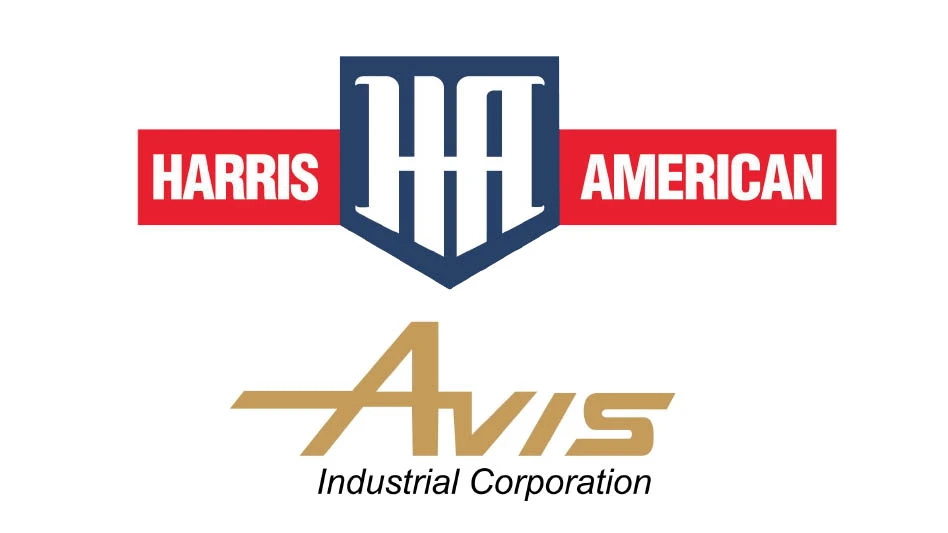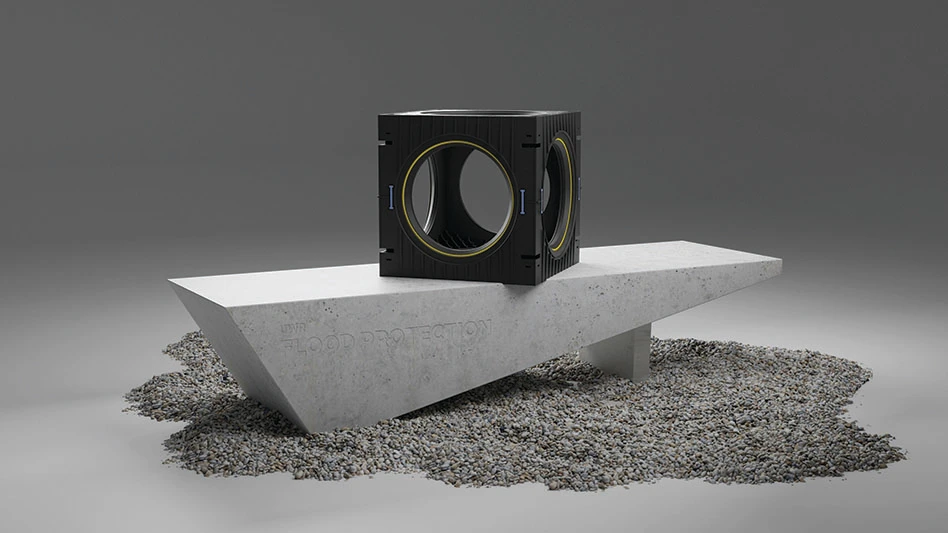
© Anaken2012 - Dreamstime.com
When the COVID-19 pandemic was spreading this spring and many businesses had to shut down, Justin Wilcock, director of compliance, contracts and outreach at Marin Recycling Center in San Rafael, California, says he’s grateful operations were able to continue as usual for the dual-stream recycling center. The Marin Resource Recovery Center for construction and demolition debris as well as the county’s Marin Household Hazardous Waste Facility, both located in San Rafael, also were able to operate during the pandemic, he adds.
“We’re fortunate we didn’t have to shut down,” he says.
Since speaking with Wilcock and Marin Sanitary Service during the last week of May, 43 employees at Marin Sanitary Service have tested positive for COVID-19. The company initiated testing for all 288 employees after an initial case was reported June 8. Most of the employees who tested positive work in the sorting facility and do not interact with customers.
Yet, contamination remained an issue this spring at Marin Recycling Center. Wilcock says he saw more lithium-ion batteries coming into the facility, and at least one of those batteries led to a large fire in May during working hours at the facility. He says the fire was traced back to a cellphone battery that was found in the transfer station.
“We had a big enough fire that we needed a fire department to come out,” Wilcock says of that incident.
Wilcock says he and Kathy Wall, project manager at Marin Household Hazardous Waste Facility, connected to talk about how to prevent fires caused by lithium-ion batteries at its facilities with a focus on community outreach and education.
Wall says the business units had partnered with Atlanta-based Call2Recycle, a rechargeable battery and cellphone collection program, in 2018 to promote its Avoid the Spark campaign to educate consumers on battery recycling, so they decided to share information from that campaign again with the community.
“We were part of this campaign a few years ago because we heard that some transfer stations were having issues with battery-related fires,” Wall says. “We really liked the partnership with the Avoid the Spark campaign because the message is clear.”
Since the fire in May, Wall says Marin Recycling Center and the Marin Household Hazardous Waste Facility are encouraging consumers in the county to properly recycle batteries at the hazardous waste facility and other collection sites instead of disposing of them or putting them in traditional recycling bins. The Marin Household Hazardous Waste Facility typically receives 80,000 pounds of batteries in a year, she adds.
Yet Wilcock says some people will miss the message with even a perfect outreach campaign, so Marin Recycling Center also brainstormed ways to safeguard itself against battery-related fires.
“We’ve talked about potentially adding spotters as people are dumping to help monitor, providing fliers and handouts to people who come into the facility,” he says. “We discussed training on spotting and recognizing materials that shouldn’t be in the line as it’s processed as well as what to do in the case of a fire happening.
“It’s always a challenge to get the messaging out and change behaviors,” he adds. “But as we do that, the goal is to try to educate as many people, so we reduce the number of batteries coming to the center and reduce risk of injury or damage to facilities.”
Battery recycling trends
Carl Smith, president of Call2Recycle, says battery recycling programs have changed and slowed as a result of COVID-19.
Smith says commodity prices and demand for metals in end-of-life batteries are down as a result of the slowdown in the global economy. He says cobalt prices have “wildly shifted” the last few years with changes in demand for lithium-ion batteries; however, he says those prices are down now because of the slowdown in manufacturing activity particularly in Asia. Smith adds that cadmium prices are also down.
He adds that many battery recycling collection programs were temporarily shut down or slowed because of COVID-19.
“When COVID hit, there was a shutdown of many services, including the transfer centers that receive recyclables like batteries but also many retailers, which is a critical part of our infrastructure for collection,” Smith says. “What happens is that these batteries are building up in different locations and aren’t being moved along the waste stream with the same speed and intention that our waste system was set up to handle. What happens thin is if you build up a lot of rechargeable batteries, unless you store them properly, they’re subject to potential risks.”
While many material recovery facilities (MRFs) do a good job of properly storing end-of-life batteries, Smith says some collection sites and centers need to ensure they aren’t exposing their stored batteries to elements, such as rain or heat. He adds that he’s also concerned that some consumers are putting rechargeable batteries in their curbside recycling bins instead of retail collection sites, which is a safety hazard.
“We have been urging [consumers] to take batteries to stores when things resume to some level of normalcy,” he says, adding that it may be a while before some battery recycling collection sites reopen fully. “In some parts of the country, stores are open. In California, most household hazardous waste and MRFs are shut down, including in the Bay Area places aren’t accepting materials yet. So, it really depends on where you are and what’s been shut down. Generally speaking, batteries are sitting and not moving in some places, and that’s a storage issue we worry about.”
However, Smith says more collection programs were operating than he and others at Call2Recycle had expected during the pandemic.
“We expected that we would have fewer collections during a pandemic shutdown than we actually ended up getting,” he says. “A lot of box-based collections shut down, but bulk collections from many major facilities did not shut down. So, we have actually been surprised at how our collections have been.”
Looking ahead to when sectors return to normal, Smith says Call2Recycle expects battery recycling efforts will increase due to demand for batteries in more applications, such as lawnmowers and outdoor power equipment. “Prevalence of batteries in equipment is going up not down,” he says. “This is a trend that will cause us more and more to have to be careful, and we’ll have to watch out how to manage this waste stream.”
As a result, Call2Recycle has been urging consumers and recyclers to properly store their disposed batteries.
“If you can’t do anything with [the batteries], make sure they’re stored safely,” Smith says. “Second, don’t be tempted to put things in the curbside bins that don’t belong there like rechargeable batteries.”
Latest from Recycling Today
- Combined DRS, EPR legislation introduced in Rhode Island
- Eureka Recycling starts up newly upgraded MRF
- Reconomy Close the Gap campaign highlights need for circularity
- Nickel carbonate added to Aqua Metals’ portfolio
- EuRIC, FEAD say End-Of-Life Vehicle Regulation presents opportunity for recyclers
- Recyclers likely to feel effects of US-China trade war
- BCMRC 2025 session preview: Navigating battery recycling legislation and regulations
- Yanmar Compact Equipment North America appoints new president





